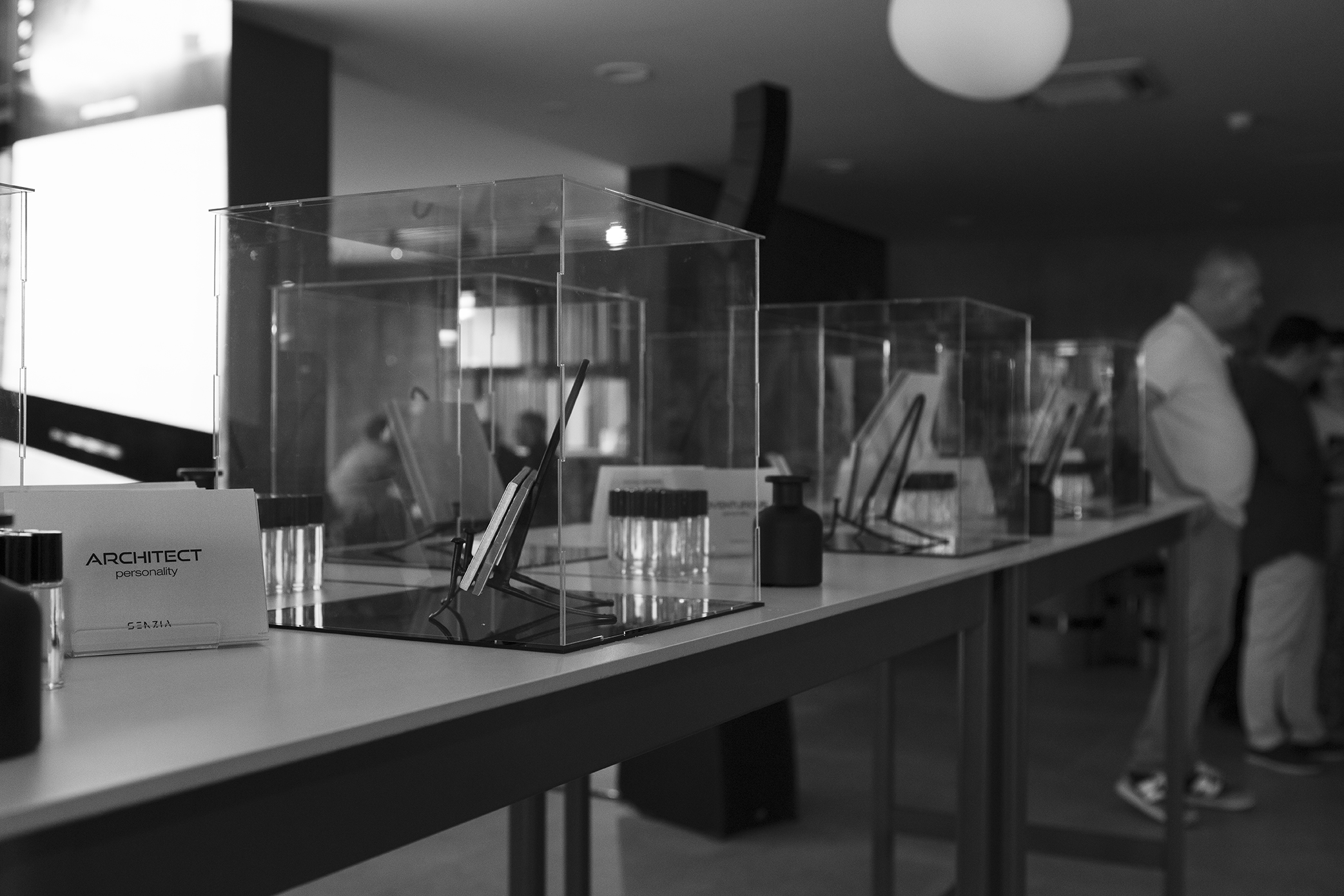
Fomentar la calidad del producto ya instalado y su mantenimiento es el motivo por el cuál ponemos a su disposición este manual con recomendaciones elaboradas por profesionales.
El proceso de alicatado necesita conocimientos previos para un correcto uso del material. Ponemos a su disposición un espacio donde conocer las recomendaciones para el uso, instalación y mantenimiento de nuestros productos.
La adherencia, considerada como la fuerza de la unión entre la pieza cerámica y el soporte, juega un papel importantísimo en la calidad de l abaldosa cerámica. Una buena adherencia debe asegurar una firme sujeción de nuevos materiales cerámicos con baja porosidad, resistencia a la abrasión, al hielo, grandes formatos, así como el montaje o instalación de los mismos en industrias, grandes áreas comerciales, fachadas, etc., hacen que se desarrollen productos adhesivos.
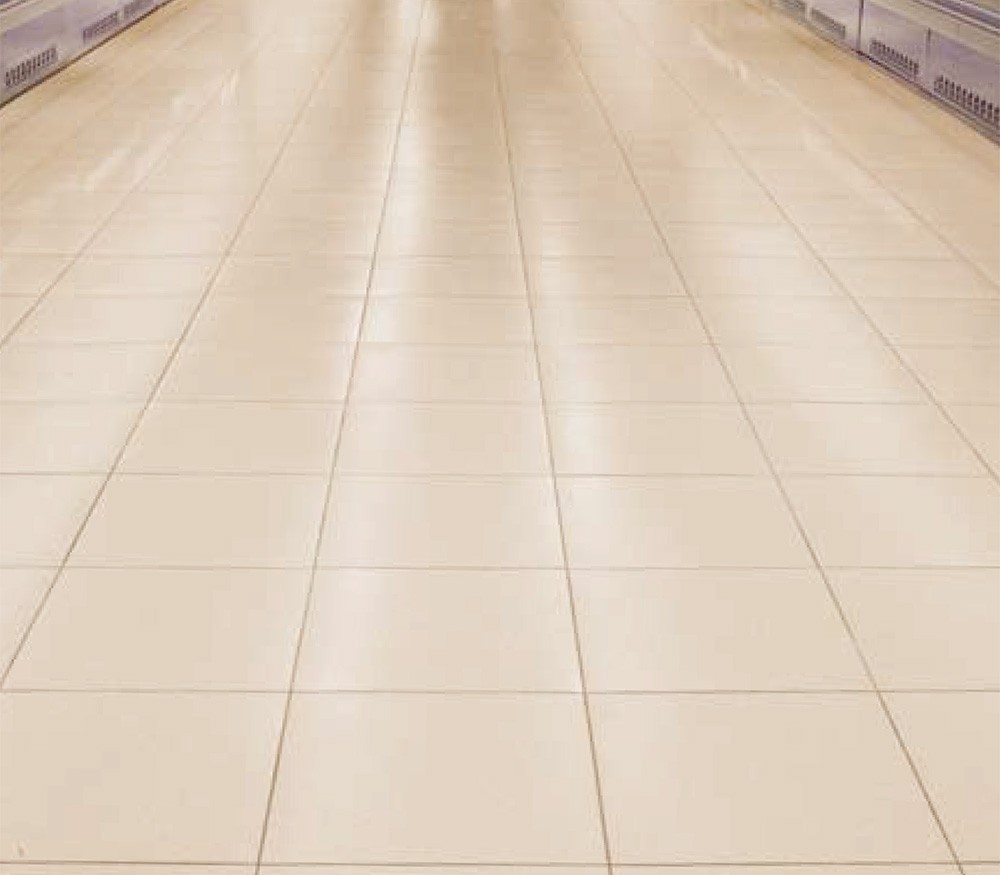
El conocimiento adquirido acerca del uso de adhesivos especiales, hacen que el proceso de colocación en capa gruesa (adherencia mecánica) sea sustituido por un sistema de colocación con capa fina (adherencia química) que ofrece claras ventajas, especialmente relacionadas con la calidad de la obra, tanto en lo que se refiere a la adherencia como a la durabilidad.
Por lo que se escogerá un adecuado adhesivo en función de la superficie de la colocación y el tipo de la baldosa cerámica.
Es muy importante que en la colocación de la baldosa cerámica se utilicen las herramientas y útiles adecuados (llana dentada, maza de goma blanca, nivel de burbuja y ventosa).
También debemos considerar importante que el soporte o base de colocación debe estar muy limpio de cualquier mancha resto de yeso, pintura, etc. de forma que la adherencia podrá realizar sus funciones a lo largo del tiempo.
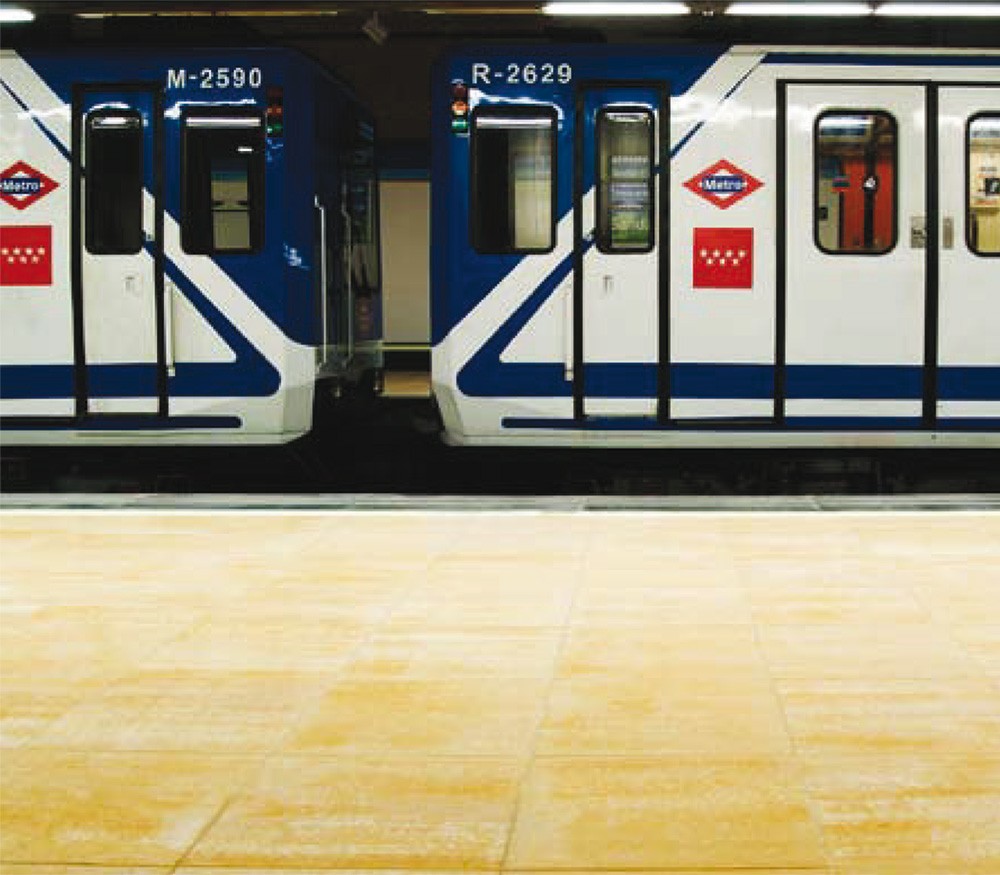
Deben considerar siempre las indicaciones del fabricante de adhesivos.
Para ejecutar una correcta instalación del producto cerámico es necesario respetar siempre las juntas de movimiento: estructurales, perimetrales, dilatación y colocación.
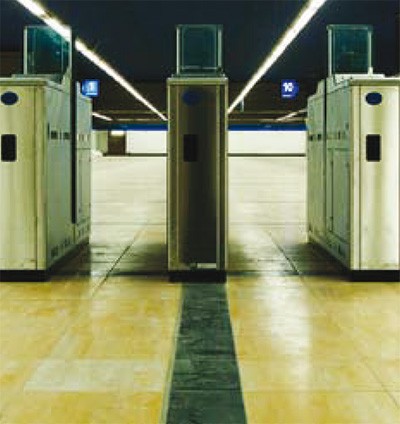
Se recomienda no hacer la colocación con separación inferior a 2/3 mm. Las ventajas de las juntas de colocación son varias, contribuyen a absorber las deformaciones producidas por el soporte y moderan las tensiones que se generan en su parte inferior cuando son sometidas a carga. Las tensiones acumuladas pueden llegar a producir el levantamiento de las baldosas. Ejercen además una importancia función estética, realzando la belleza propia de la cerámica. Las juntas pueden recibir un acabado plano, a ras de las baldosas, o cóncavo rehundido. Su campo de aplicación es el de revestimientos de interiores y exteriores.
También se encuentran selladores de juntas de baja porosidad, deformables e hidrófugos. Es adecuado para fachadas, pavimentos sometidos a tráfico pesado y locales con presencia persistente de agua. Para locales sometidos frecuentemente a la presencia de ácidos y álcalis en locales de uso alimentario o sanitario, es preciso utilizar selladores base; resinas reactivas de dos componentes como por ejemplo selladores epoxy. Este tipo de material de rejuntado se caracteriza por su composición a base de resinas sintéticas (generalmente resina epóxica). Sus principales propiedades son: resistencia a los productos químicos, resistencia bacteriológica, muy buena resistencia a la humedad y excelente resistencia a la abrasión.
Deben considerar siempre las indicaciones del fabricante de adhesivos.
No utilicen juntas de colocación cuya composición contenga carbón micronizado (negro humo), deben evitarse siempre.
Hay que considerar dos tipos de técnicas en la colocación del producto cerámico: capa gruesa y capa fina.
Es importante hacer hincapié que la colocación de gres porcelánico, requiere que la superficie este completamente nivelada, limpia de sustancias que impidan la correcta adherencia. Debe realizarse siempre en capa fina, utilizando llana dentada, maza goma blanca, nivel de burbuja y ventosa. Para una aplicación en zonas de exterior y para formatos de más de 900 cm2, se debe utilizar la técnica del doble encolado, es decir, la aplicación del producto adhesivo tanto en el soporte como en el dorso de la pieza.
Deben considerar siempre las indicaciones del fabricante de adhesivos.
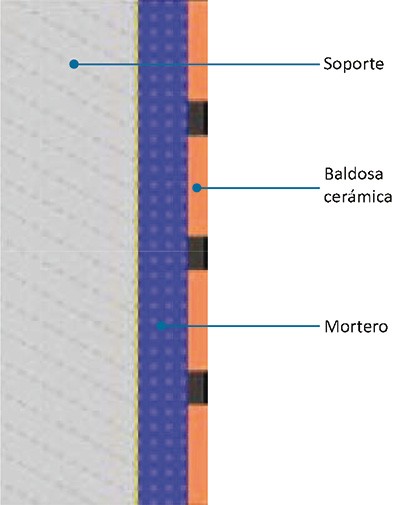
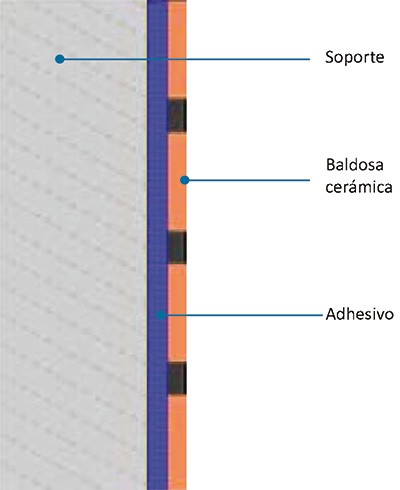
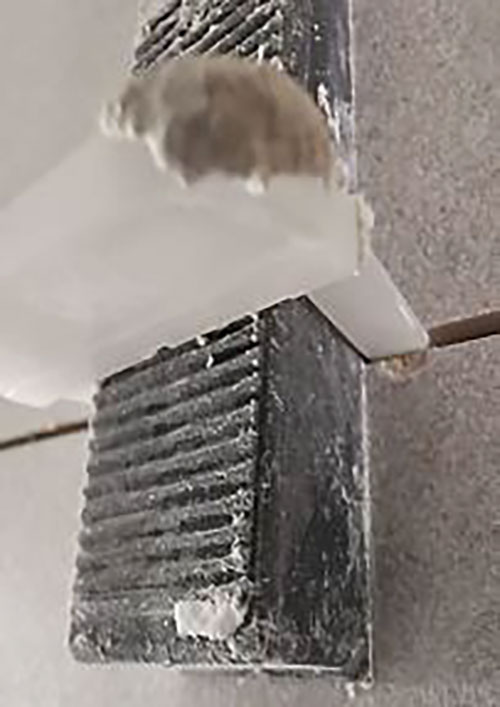
Cuando hablamos de revestimientos y sistemas de colocación, debemos tener en cuenta las siguientes consideraciones :
El problema radica en que el canto de estas piezas es muy delicado y cualquier pequeña presión puede generar que se desportille el canto.
En estos sistemas las cuñas están en contacto con la cerámica, y al ejercer presión se pueden producir los descantillados. Esto es debido a que en el momento de apretar la cuña, generamos una presión originando que el divisor esté a menos de 90◦ inclinando el divisor y ejerciendo presión sobre el bisel.
Ejemplo de divisor inclinado ejerciendo presión sobre el bisel, piezas sistema de nivelación, y ejemplo de colocación tradicional.
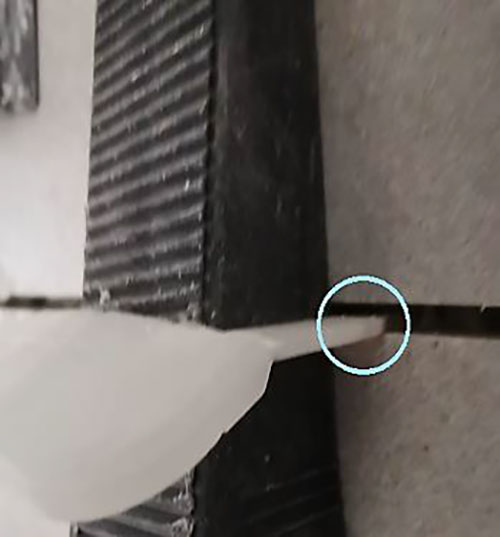
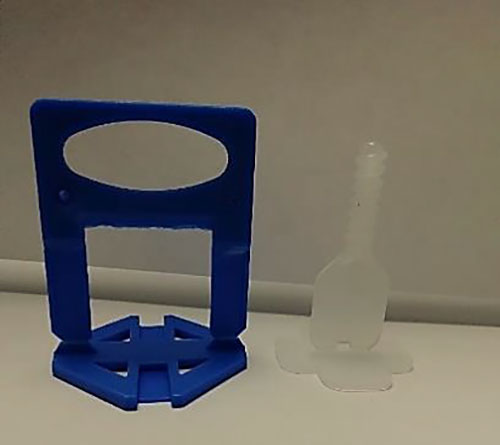
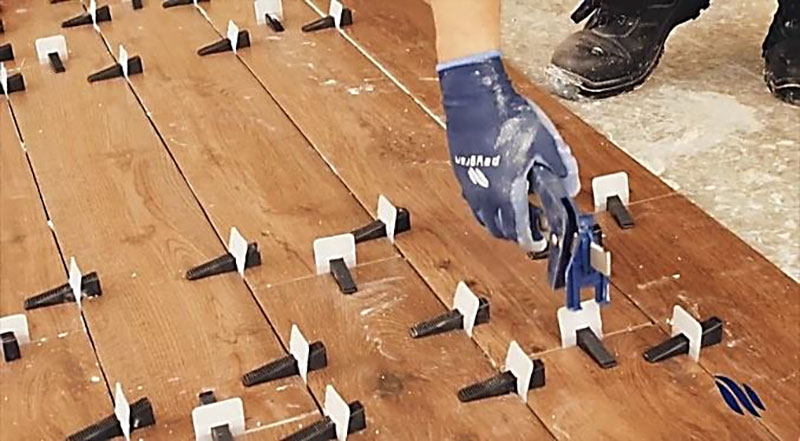
¿Que solución han encontrado los fabricantes de sistemas de nivelación para resolver esta problemática que presenta todo el sector?
Los fabricantes de sistemas de nivelación han diseñado unas modificaciones para este tipo de productos.
Se coloca el protector bajo la cuña para conseguir un acabado perfecto del solado o alicatado, eliminando la fricción en la fuerza entre la cuña, el divisor y la cerámica.
Especialmente diseñado para proteger las baldosas, sobre todo en el caso de cerámicas delicadas y de espesor fino.
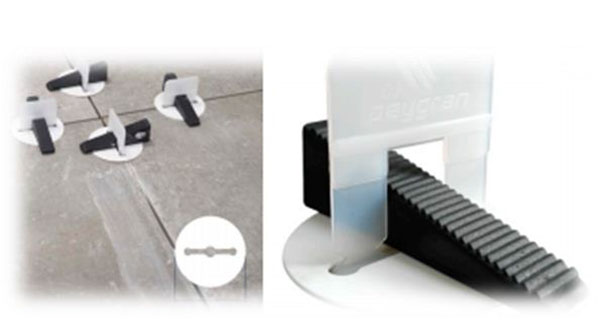
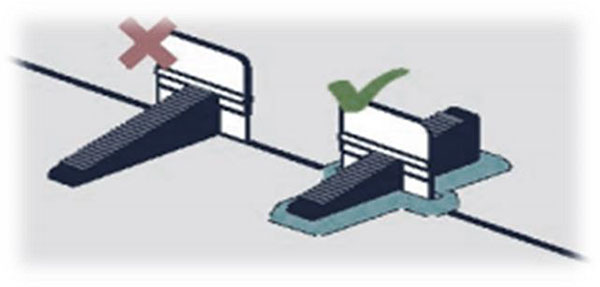
Departamento Calidad Grupo Industrial Pamesa.
Debido a la baja porosidad que tiene el gres porcelánico resulta prácticamente nulo que éste se pueda manchar.
No obstante algunos productos que son colorantes enérgicos pueden derramarse o entrar en contacto de forma fortuita con la superficie del producto; si dejamos esta sustancia en la superficie durante algún tiempo puede mancharse por lo que le aconsejamos se limpie en el plazo más inmediato posible.
Una vez concluidas las operaciones de colocación y rejuntado, la superficie del material cerámico suele presentar restos de cemento en forma de película o pequeñas acumulaciones. Para eliminar dichos restos, en la mayoría de los casos es suficiente la limpieza con una solución ácida diluida.
*Nunca debe efectuarse una limpieza ácida sobre el producto cerámico recién colocado; el ácido reacciona con el cemento no fraguado, pudiendo deteriorar las juntas o depositar compuestos insolubles sobre la superficie.
*Es conveniente impregnar la superficie con agua limpia previo a cualquier tratamiento químico (juntas de colocación).
*El mantenimiento habitual consiste en una limpieza periódica mediante un lavado con agua y una solución diluida de detergente amoniacal.
*En lo que respecta a la limpieza extraordinaria de manchas e incrustaciones que penetren en la superficie y no puedan ser eliminadas mediante operaciones usuales de limpieza, es recomendable antes de intentar eliminar una mancha con un procedimiento enérgico, comprobar su efecto sobre la superficie de una pieza no colocada. Deben prevenir degradaciones químicas que pueden deteriorar aún más el estado del producto.
*No deben utilizarse espátulas metálicas ni estropajos abrasivos.
*Después de su instalación será necesario darle una adecuada protección al pavimento mediante: cartón capa de serrín u otro producto que lo proteja de los posibles daños que pueda ocasionar trabajos posteriores.
Para evitar roturas y cualquier otro acabado de corte no deseado, es conveniente se utilicen los útiles adecuados para cortar y perforar gres porcelánico.
Para realizar cortes rectos maquina de corte manual con Rodel de Widia, también máquina de disco de diamante refrigerada con agua y/o máquina radial de baja potencia equipada con un disco de diamante continuo (no segmentado).
Para perforar el gres porcelánico se debe utilizar broca de diamante periodicamente se debe refrigerar con agua la zona de perforación, evitaremos incrementar la temperatura y la fusión de la broca.
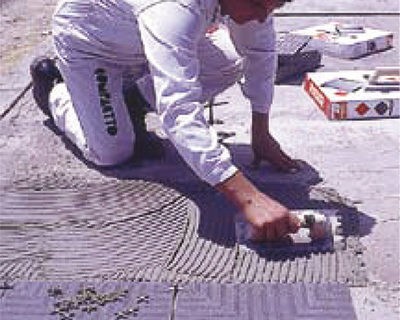
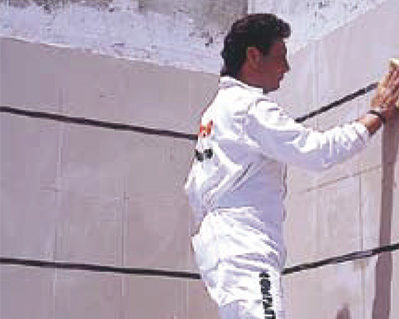
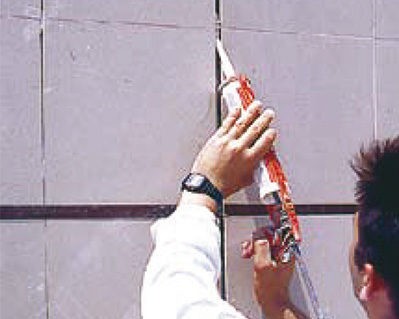
Respetar instrucciones del fabricante.
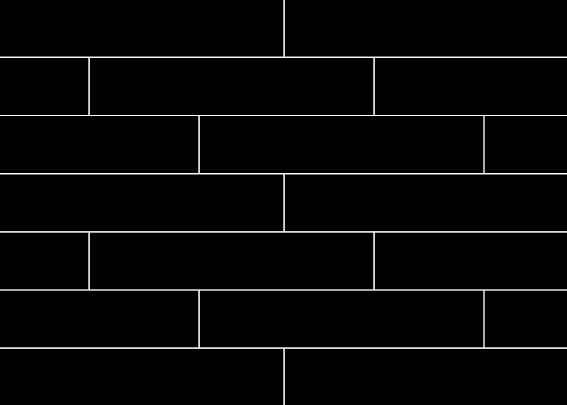
Colocación Trabada
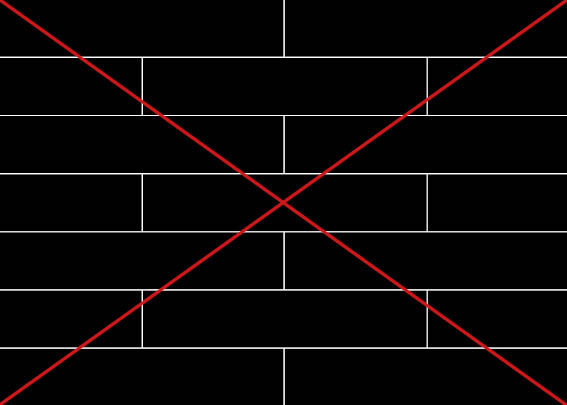
Colocación Regular
a media pieza
(NO ACONSEJABLE)
Ofrecemos vídeos demostrativos para simplificar y hacer accesible el proceso de alicatado.
Se recomienda seguir las indicaciones de los fabricantes para que todo funcione correctamente.
En la siguiente tabla se detallan los productos de limpieza más adecuados a cada tipo de mancha. Para conservar más tiempo las propiedades y la belleza del Gres porcelánico/pulido y semipulido es necesario la colocación de alfombrillas/felpudos en las entradas a los lugares pavimentados; el felpudo retiene los minerales que puedan quedar adheridos en la suela del calzado.
| Tipo de mancha | Agente de limpieza |
| Cemento y residuos calcáreos | Productos de limpieza a base de ácidos desincrustantes |
| Depósitos de óxidos | Desincrustante |
| Aceites |
Disolvente universal, aguarrás, acetona, alcohol |
| Grasas | Amoniaco, disolvente universal, aguarrás, acetona, alcohol |
|
Alquitrán o betún |
Disolvente universal, aguarrás, acetona, alcohol |
| Pintura | Disolvente universal, aguarrás, acetona, alcohol |
|
Goma o caucho |
Disolvente universal, aguarrás, acetona, alcohol |
|
Cerveza o vino |
Amoniaco, desincrustante |
| Yodo | Lejía diluida |
| Sangre | Lejía diluida |
|
Café, té o zumos |
Disolvente universal, aguarrás, acetona, alcohol |
|
Tinta o mercromina |
Disolvente universal, aguarrás, acetona, alcohol |
|
Nicotina |
Disolvente universal, aguarrás, acetona, alcohol, agua oxigenada, lejía diluida |